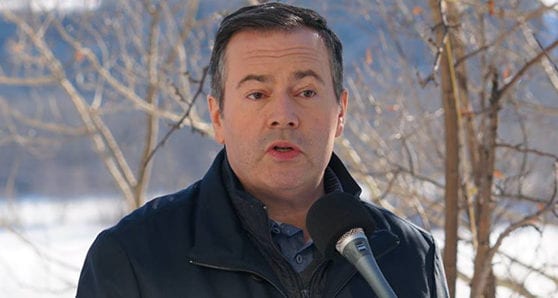 Short of imposing a sales tax, and hampered by low energy revenues, the Alberta government has few options for reducing expenditures and making a dent in it’s $8.8-billion deficit, says a new report by the University of Calgary’s School of Public Policy.
Short of imposing a sales tax, and hampered by low energy revenues, the Alberta government has few options for reducing expenditures and making a dent in it’s $8.8-billion deficit, says a new report by the University of Calgary’s School of Public Policy.
“The most obvious area for the new government to cut would therefore be the $21.6 billion allocated in 2018 to public sector salaries, wages and benefits. That figure amounts to 38.4 per cent of the total expenditures of $56.2 billion, and translates to 210,104 full-time equivalent employees being paid approximately $102,773 each in annual salary,” writes author Richard Mueller in Public Sector Wages in Alberta: How Do These Compare To Other Provinces And To The Private Sector?
“Any cuts must be made judiciously, taking into account the fact that services must be maintained at certain levels. Also, wage rollbacks and hiring freezes could create a sudden flight of talented people out of the public service and into the private sector, as happened during similar cuts in the 1990s. However, when compensation levels are too high, Albertans end up paying more for services, so a careful balance must be achieved. Finding that balance is extremely important for policy purposes and involves detailed comparisons with private sector remuneration.”
Mueller says the public sector generally pays better than the private sector in Alberta, although the high-paying oil and gas industry in the province means the wage gap is not radically large and is even negative in some cases.
“Ideally, a 3.7 per cent decrease across the board in total public sector compensation would be possible without jeopardizing the delivery of government services or risking a public service brain drain. The Alberta government would then save $799.2 million, or approximately 9.1 per cent of the projected $8.8-billion deficit. However, the reality clashes with the ideal. A 3.7 per cent cut across-the-board would lead to overpayment of those at the bottom of the pay scale and impose a heavy wage penalty on those employees at the top, who would see their salaries reduced by a proportionately larger amount,” says Mueller.
“This would further encourage the exodus of talented, skilled, well-paid people from the public service and compromise the integrity of services provided to Albertans. Moreover, the ripple effects of any cuts must be taken into careful consideration. These include political implications, macroeconomic impacts and effects on the private sector labour market. Cuts to the public sector never occur in a vacuum and their effects on the general provincial economy, overall employment picture, tax revenues and economic growth are just some of the metrics which must be factored into any policy decision.”
Mario Toneguzzi is a Troy Media business reporter based in Calgary.
The views, opinions and positions expressed by columnists and contributors are the author’s alone. They do not inherently or expressly reflect the views, opinions and/or positions of our publication.

